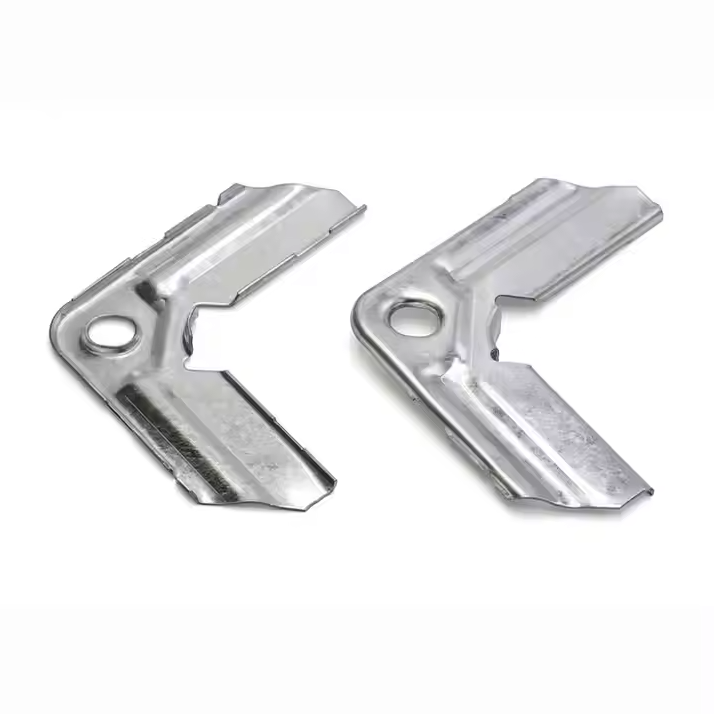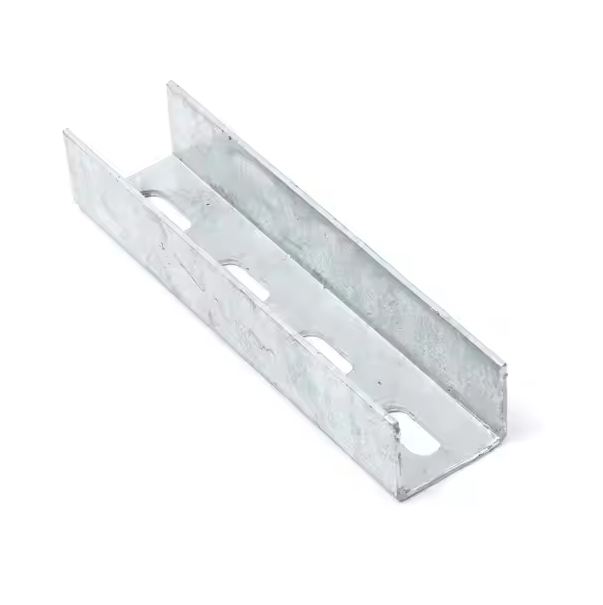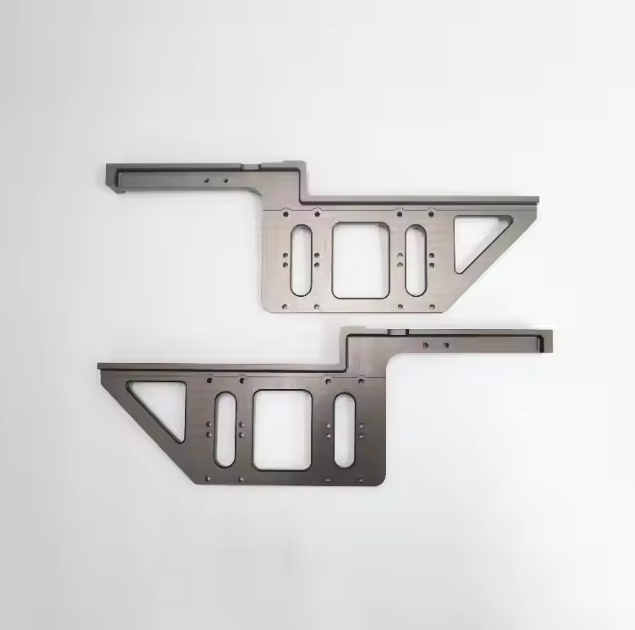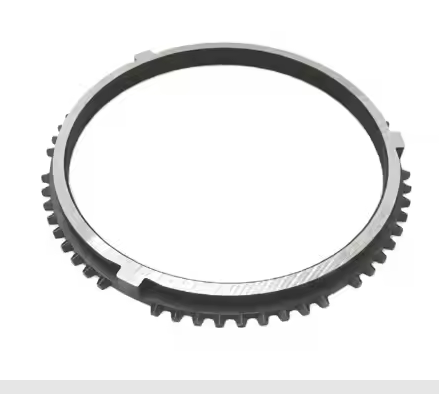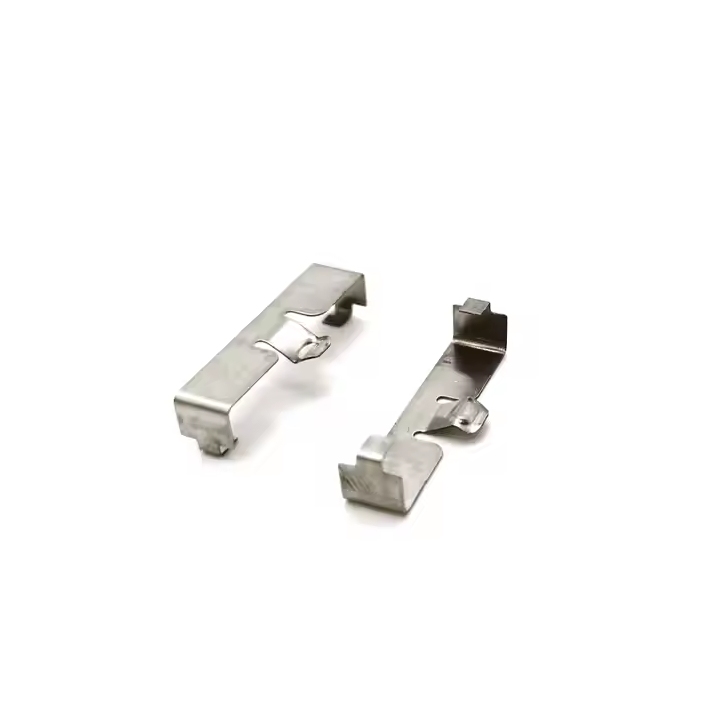In recent years, the automobile industry has developed by leaps and bounds, and has become an important supporting industry for the development of the national economy. New materials, new processes, and new technologies have emerged, and the application of lightweight materials such as carbon fiber, reinforced plastics, aluminum alloys, and magnesium alloys, and the application of stamping, die-casting, injection molding, and integrated die-casting processes in car bodies have become an important development direction for current automobile energy conservation and emission reduction.
As a kind of automobile parts, the surface hardness of automobile stamping parts is very important. Automobile stamping parts usually contact the external environment of the vehicle and are subjected to various external forces and pressures, so the surface hardness requirements are very high.
Body structure: Automotive stamping parts play an important role in the structure of the automotive body, including the roof, doors, front and rear bumpers, hood and other parts. Stamping parts are precisely formed and lightweight, which can provide good structural strength and safety performance for the car.
Interior parts: Automotive stamping parts are also widely used in the manufacture of automotive interior parts, such as dashboards, inner door panels, seat brackets and other parts. These parts require high precision in manufacturing, and the stamping process can meet these requirements, and can provide a beautiful and comfortable atmosphere for the interior of the car.
Engine and chassis parts: Automotive stamping parts are also used in the manufacture of engine and chassis parts, such as engine shock absorber brackets, chassis guards, suspension brackets and other parts. These parts require wear resistance, corrosion resistance, and certain strength and rigidity, and automotive stamping parts can meet these requirements.
Doors, windows and other parts of the body: Automotive stamping parts are also widely used in the manufacture of doors, windows, roofs and other parts. Stamping parts have the advantages of low production cost, high production efficiency and mass production, which can meet the needs of automobile manufacturers.

The automotive industry relies on die casting for a variety of applications. Most vehicles have many metal parts that must be cast into specific shapes, so die casting is the best method for manufacturing these parts. The most common metals used in the casting process are aluminum and zinc. These metals are ideal for the automotive industry due to their light weight.
Zinc die casting is most common in the automotive industry because cars require complex shapes and sizes for different parts. The precision of the process means that little further processing is required. This saves automotive component manufacturers a lot of time and money. In addition, zinc alloys have a high resistance to corrosion, making them ideal elements for the automotive industry.
Automotive die-cast parts not only look great, but can also be manufactured in complex shapes with high tolerances for durability. Die casting has a variety of applications in the automotive industry, including:
Sunroof components
Seat belt components
Chassis components
Transmission components
Vehicle interior components
Air conditioning systems
Engine parts
Braking systems
Power steering systems
Fuel intake components
Some of our factory's current products for the automotive industry are as follows:




At Xuanmin, we work closely with you to design and develop automotive products that perfectly meet your application requirements. As a trusted brand and leading manufacturer of engineering components, we provide parts for many industries.
For more information, please visit our factory page or contact us directly by email. We are happy to accept new challenges!![]()
